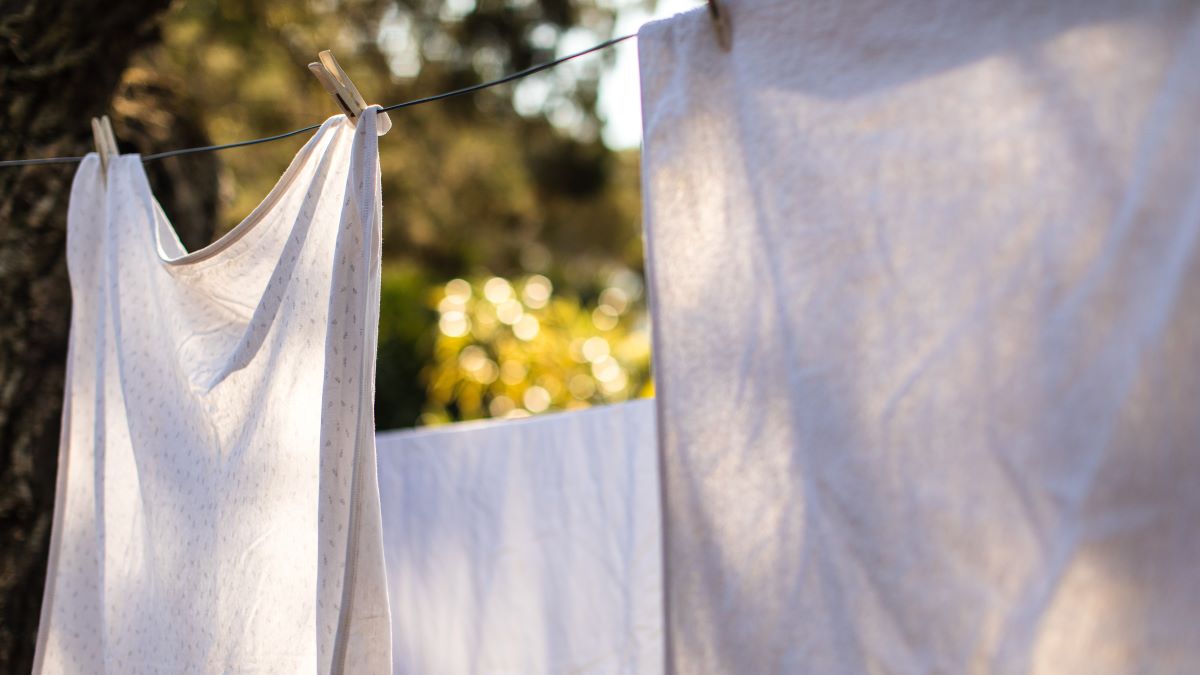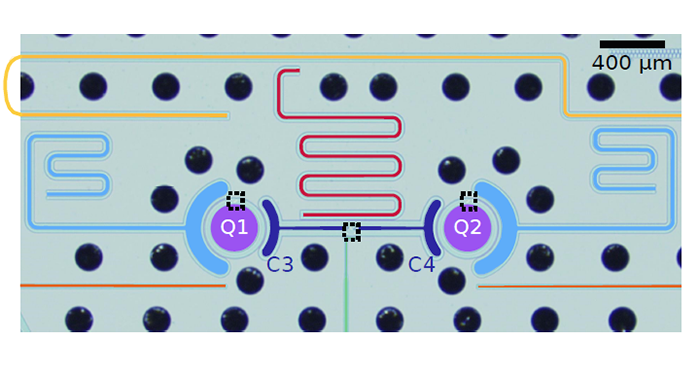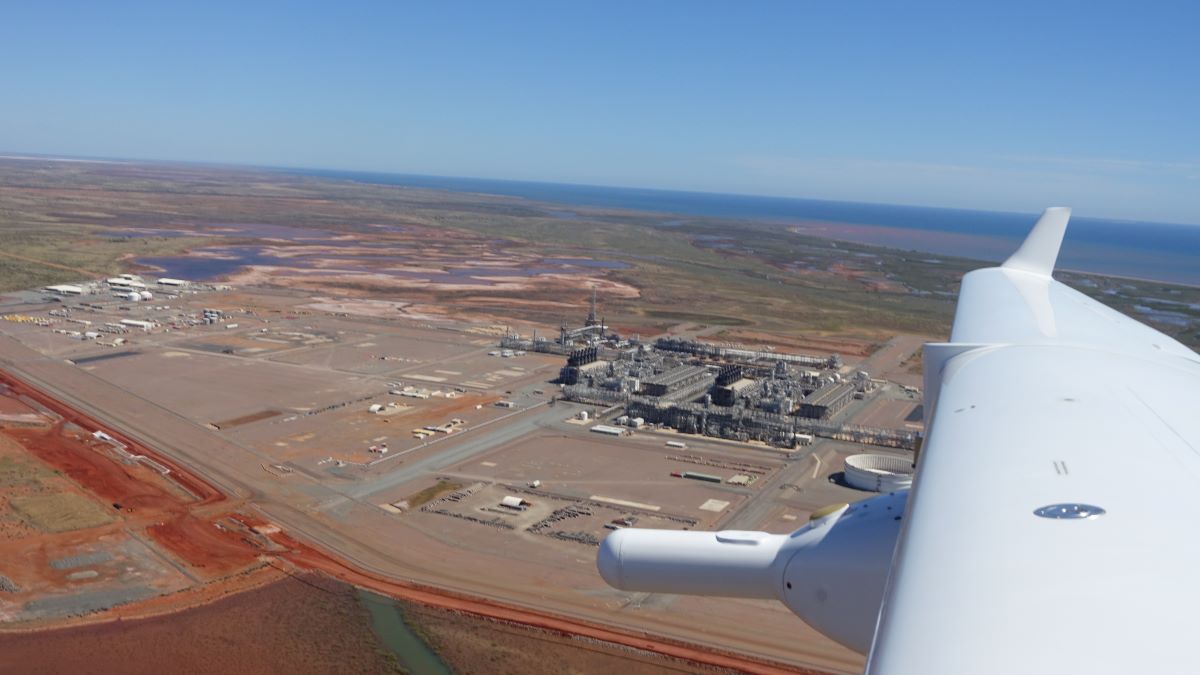US researchers have developed a chalk-based coating that can reduce the temperature under fabric by roughly 5°C.
The researchers say their environmentally benign substance could be used to coat any type of fabric and turn it into a radiative cooling textile.
“We see a true cooling effect,” says Evan Patamia, a graduate student at the University of Massachusetts Amherst.
“What is underneath the sample feels colder than standing in the shade.”
Patamia presented the team’s invention at the American Chemical Society’s 2024 Fall Meeting earlier this week.
Substances that can both reflect sunlight, and allow body heat to escape, are well-known to chemists. But they generally require costly or environmentally dangerous materials to make.
“Can we develop a textile coating that does the same thing using natural or environmentally benign materials?” summarises chemist Trisha Andrew, also at Amherst, of the work done by her and her colleagues.
Inspired by crushed limestone, which is used to cool buildings, the researchers tried solutions of calcium carbonate – the main component in limestone and chalk – as well as barium sulphate.
They used squares of fabric treated with a process called chemical vapour deposition, which added a layer of a carbon-based polymer onto the textiles.
When dipped in the solutions, the fabrics built up a chalky matte layer of crystals which could reflect UV and infrared light.
They tested the treated fabrics outside on a warm afternoon, and air underneath them was about 5°C cooler than the ambient temperature, and roughly 9°C cooler than air under untreated fabrics.
The coating is also resistant to laundry detergents.
“What makes our technique unique is that we can do this on nearly any commercially available fabric and turn it into something that can keep people cool,” says Patamia.
“Without any power input, we’re able to reduce how hot a person feels, which could be a valuable resource where people are struggling to stay cool in extremely hot environments.”
Andrew is now part of a startup aiming to test the process on larger bolts of fabric, to see if it can be scaled to industry.




















Discussion about this post